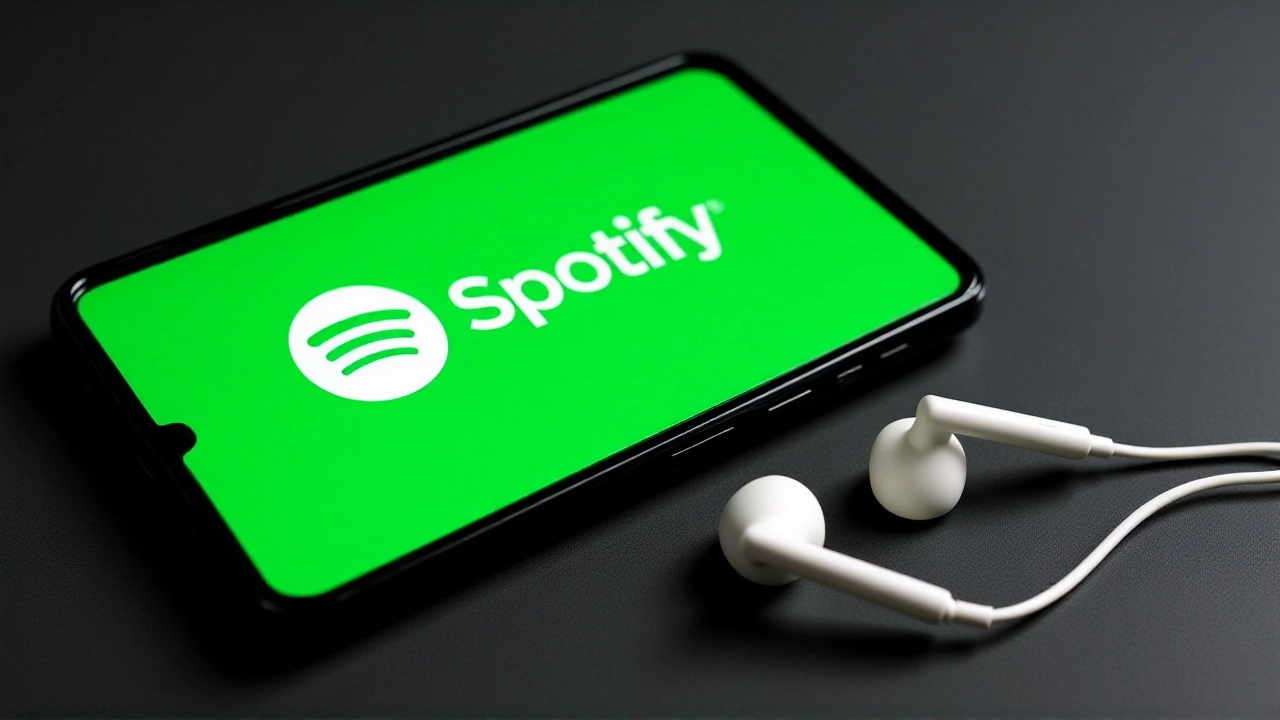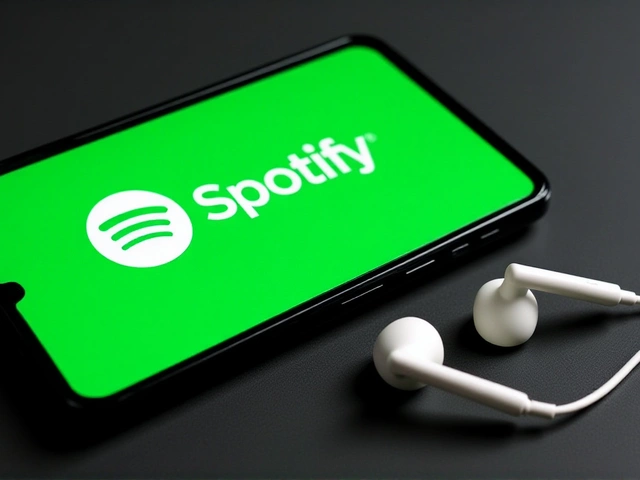When Spotify Technology S.A. announced a global Premium price adjustment on August 4, 2025, inboxes in dozens of regions lit up with new numbers and a reminder that the music‑streaming giant is still tweaking its business model.
The update, delivered via the company’s Newsroom press release, outlines changes that will roll out over the next month for Premium subscribers in South Asia, the Middle East, Africa, Europe, Latin America and the Asia‑Pacific. Existing users will receive an email before their next billing cycle, while newcomers can see the updated rates at spotify.com/premium. Spotify Premium plans – Individual, Duo, Family and Student – will each see different percentage bumps depending on local market conditions.
What the price changes entail
In the statement, the firm says the hikes are meant to "continue to innovate on our product offerings and features" and to "bring users the best experience." The real numbers, however, are scattered across more than twenty countries. For example, in India the Individual plan moved from ₹119 to ₹149 per month, while in Brazil it rose from R$16.90 to R$19.90. In Europe, the United Kingdom saw its price jump from £10.99 to £12.99, and Germany’s €9.99 plan nudged up to €11.99.
All adjustments are tied to each subscriber’s billing date, meaning the exact day the increase takes effect varies from person to person. Spotify’s support article titled “Price updates” makes clear that users can cancel anytime before the change takes effect and fall back to the ad‑supported free tier.
How Spotify decides on pricing
According to the same newsroom release, the company looks at "local factors" such as currency exchange rates, purchasing‑power parity and regional competition. The aim, as described by a senior finance officer, is to keep Premium attractive while ensuring the platform can fund its ongoing rollout of AI‑driven recommendation tools and exclusive podcasts.
"We occasionally update our prices as we continue to innovate and invest in giving you better listening experiences and more value than ever before," the article reads. This mirrors past adjustments, like the 2022 European price rise that coincided with the launch of the Spotify HiFi tier (which ultimately never launched).
Subscriber reactions and market context
Reactions have been mixed. In a recent thread on Reddit’s r/Spotify subreddit, long‑time user @musiclover92 wrote, "I get the need for more money, but the hikes feel like a squeeze, especially in countries where the rupee is weakening." Meanwhile, a spokesperson for consumer‑rights group Which? in the United Kingdom said, "Transparency is key, and Spotify’s email‑first approach meets that, but they should also provide a clear breakdown of what the extra dollars buy you."
Competitors are watching closely. Apple Music and Amazon Music have kept their premium rates relatively flat for the past year, which could sway price‑sensitive listeners to switch platforms.
Potential impact on the U.S. market
EDMTunes, quoting industry insiders, warned that U.S. subscribers may see a similar hike in 2026, though no exact date or percentage has been disclosed. The speculation stems from the fact that Spotify’s American operations are run out of New York City, where the company has been piloting price‑testing for a handful of users.
Analyst Priya Desai at TechInsights noted, "If Europe and Asia‑Pacific can absorb a 15‑20% increase, the U.S. market – with its higher average disposable income – might see a softer bump, perhaps around 10%, but that could still affect the 210 million Premium users worldwide."

What comes next
Spotify’s co‑founder Daniel Ek is expected to address the rollout at the company's next developer conference in Stockholm, Sweden, where the platform will also unveil a suite of new podcast analytics tools.
Co‑founder Martin Lorentzon has hinted that the pricing strategy is part of a broader plan to fund upcoming exclusive content deals, especially in emerging markets.
For now, users can log into their account pages to see the exact new price and decide whether to stay, downgrade, or switch back to the free tier. The company assures that even if users cancel Premium, they’ll retain access to saved playlists, liked tracks and podcast subscriptions.
Background: Spotify’s pricing history
Founded in Stockholm in 2006, Spotify has adjusted its subscription fees roughly every two to three years, typically aligning hikes with feature rollouts or new market entries. The first Premium price increase came in 2011 for the United States, followed by a series of region‑specific changes as the service expanded into Asia and Africa.
Headquarters for the parent entity, Luxembourg, handle the legal and financial aspects of pricing, ensuring compliance with local consumer‑protection laws.
Spotify Premium price update
Frequently Asked Questions
How much will my Spotify Premium plan cost after the increase?
The exact amount depends on your country and plan type. For example, in India the Individual plan rises to ₹149/month, while in the UK it becomes £12.99/month. Users will receive an email showing the new price before their next billing cycle.
Will U.S. subscribers see a price hike?
Industry sources suggest a U.S. increase could arrive in 2026, but Spotify has not confirmed a date or percentage. Expect a similar email notice if and when the change rolls out.
Can I switch back to the free tier instead of paying more?
Yes. Spotify’s support page states you can cancel your Premium subscription at any time before the price change takes effect and continue using the ad‑supported free service, keeping your saved playlists and podcasts.
Why is Spotify raising prices now?
The company cites ongoing investment in new features, AI‑driven recommendations, and exclusive content. Local market factors like currency fluctuations and competitive dynamics also play a role in setting the new rates.
How will the price changes affect Spotify’s market share?
Analysts predict a short‑term dip in Premium subscriptions in price‑sensitive regions, but Spotify expects long‑term growth from the added revenue, which will fund content acquisition and technology upgrades that could offset churn.



